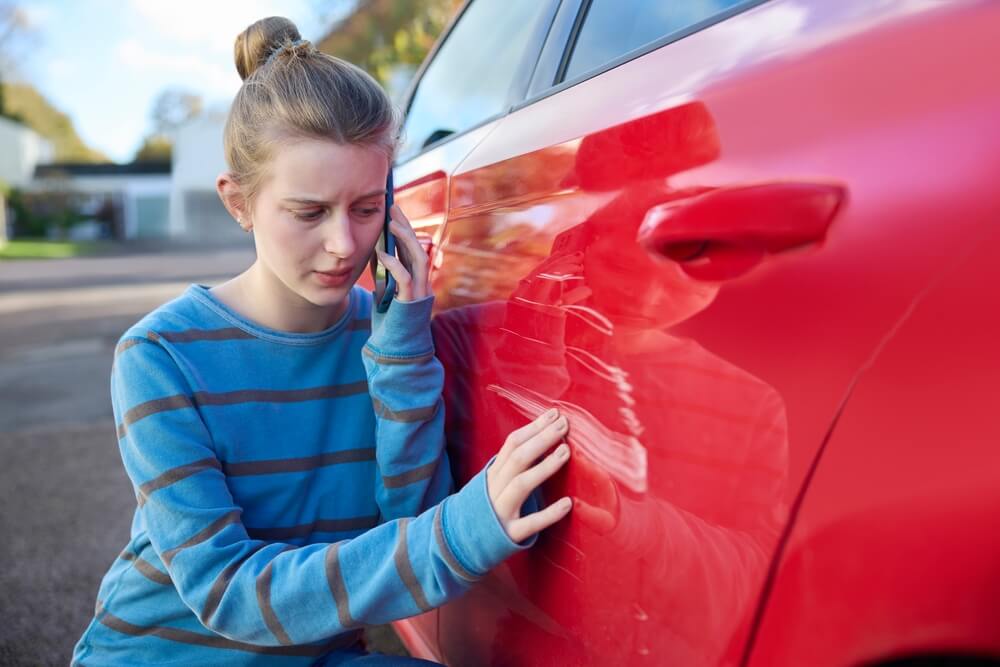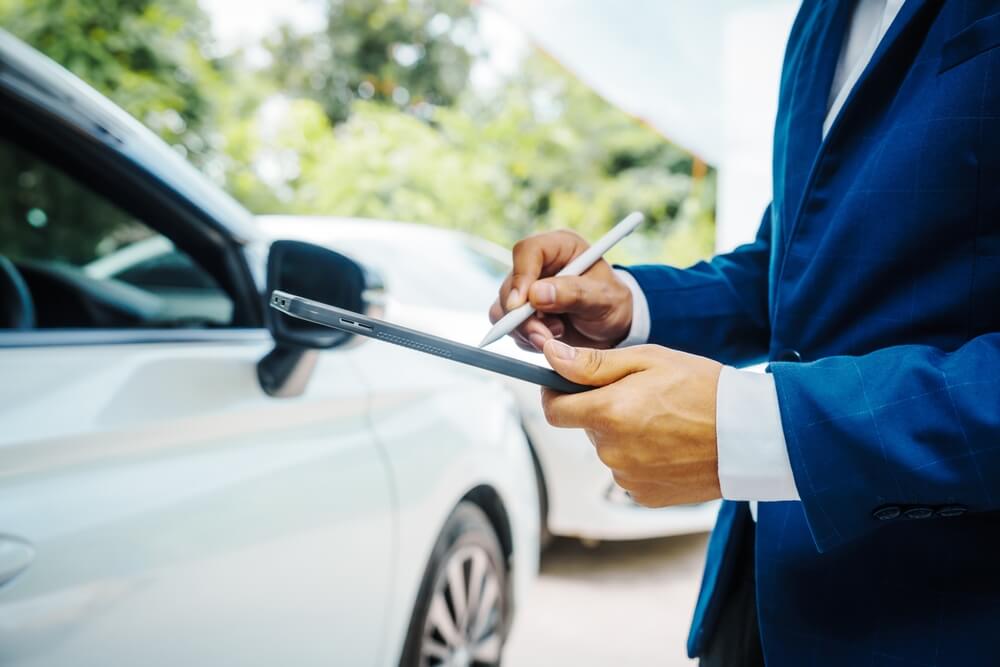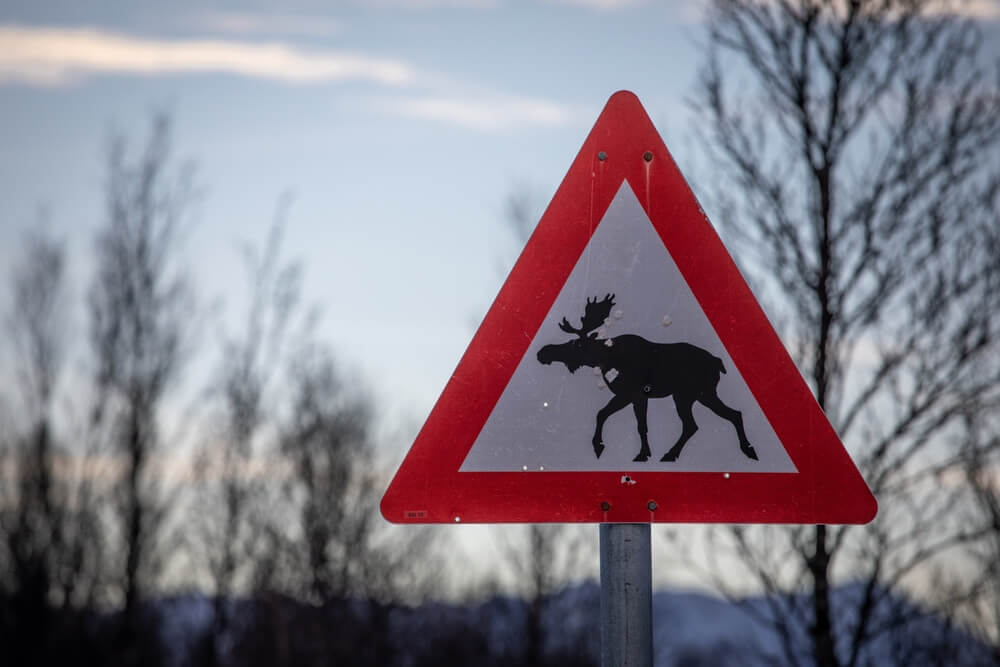
If you are not redirected within 30 seconds, please click here to continue.
Samedi: 10h – 16h HAE

If you are not redirected within 30 seconds, please click here to continue.
If you are not redirected within 30 seconds, please click here to continue.
Are You and Your Car Ready for Winter?

Winter is underway, and it seems it’s going to be a bitterly cold, snowy one. After all, this is Canada; therefore, it’s wise to prepare for unpredictable weather and road conditions.
Winter calls for defensive driving and ensuring your vehicle can tackle whatever comes your way. If you have yet to do so, winterize your car, and equip yourself to safely manage any roadside challenges that unfold with these helpful suggestions:
Book a Winter Tune-Up and Get Snow Tires
It’s always a good idea to book your car for a tune-up before the first big snowstorm of the season strikes, but it’s not always possible. If you have yet to do it, it’s never too late to treat your vehicle with care.
On that note, getting snow tires on your vehicle will help it grip the road better, and most insurers will offer a discount on your auto insurance premium. Because the grooves on winter tires are deeper than on summer or all-season tires, they provide superior traction and maintain their elasticity in temperatures as low as -30° Celsius. They’re as essential for city driving as they are for the countryside, but you must install four snow tires. Installing only two can put you and your vehicle in danger. In general, you should install snow tires once the temperature is consistently 5 C or colder.
Although winter tires are mandatory only in Quebec, the Tire and Rubber Association of Canada’s 2019 Canadian Consumer Winter Tire study shows 75% of motorists use winter tires. That’s remarkable when you consider only 35% of drivers in 1998 would install winter tires.
Check the Forecast Before Setting Out
If snow is in the forecast, leave extra early and check traffic reports so you know which streets and highways to avoid. Prepare for road closures while en route and be familiar with alternative routes. If it’s a severe storm and your travel is non-essential, don’t risk it – stay home.
When choosing your outfit, wear clothing and footwear that’s appropriate for outside the car in case you get stranded. However, make sure the items won’t hinder your driving ability or movement in any way.
Clear the Snow off Your Car
You’re likely familiar with this situation: you’re driving after a snowstorm, the sun is out, the roads are finally clear, and yet your windshield suddenly gets covered in a layer of snow and ice that blew off the roof of the car in front of you. Be considerate of other drivers and brush the snow off your vehicle completely, not only your windows. Depending on where you are, you may risk getting a ticket if you don’t properly clear the ice and snow off your car.
Slow Down and Allow Greater Stopping Distance
Speed limit signs display the maximum speed drivers can safely travel in clear conditions. If visibility is poor and the roads are covered in ice or snow, drive according to the conditions – and not necessarily the speed limit.
It’s also important to increase the distance between your car and the vehicle in front of you. Double the two-second rule and brake earlier and more cautiously than you would in dry, clear conditions.
Prepare an Emergency Survival Kit
If your vehicle breaks down at the side of the road in harsh weather, you may be stuck waiting for help for some time even if you have a roadside assistance plan. Be ready for the worst: keep an emergency survival kit in a waterproof tub or bag in your car. Check the items in the kit annually for expiry or wear. The kit should include:
- A first-aid kit. Ensure it has bandages, gauze pads, medical tape and other items, as well as anything specific to a medical condition you have (for example, an extra inhaler if you have asthma)
- A phone charger. Phone batteries drain quickly. Always have an external battery and charging cord available in the car in case you can’t use your car charger
- Non-perishable food and water. Energy bars, water, canned food and an opener will sustain you if you are stuck in a snowstorm
- Blankets, extra clothes, and gloves. Keep thermal blankets, dry socks, gloves and a change of clothes handy
- A folding shovel and cat litter or sand. Shovels can help you dig your way out of a snowbank, while litter or sand can give you traction if your tires are spinning
- A flashlight. Whether it’s a wind-up or uses batteries, always have one on-hand as well as extra batteries, waterproof matches, emergency candles and a deep can to place them in while lit
- Road flares and a reflective safety vest. These can help other motorists spot you if you have to pull over for any reason. Place the flares far enough away from the car so that other vehicles can safely stop
- Heat packets. These heat up automatically without any power source and can keep your hands and feet warm
- Windshield washer fluid and antifreeze. Make sure you have extra jugs of winter washer fluid and antifreeze in your vehicle just in case you need either
- Other car essentials. A Swiss Army knife or multi-purpose tool, jump starter and jump starter cables, a tow chain or rope, ice scraper and brush, a whistle, paper towels, screwdriver and duct tape, fire extinguisher, a spare tire, and a wheel wrench and jack.
Keep Your Tank Topped Up
It’s never a good idea to keep driving until your gas gauge is close to empty, but in the winter, that needle shouldn’t go below the half tank mark. Keeping your gas tank more than half full limits condensation and reduces the chance the gas line will freeze. It also gives your car extra fuel in case you’re stranded and need to keep the engine on to stay warm. Furthermore, it helps to avoid that last-minute panic you may experience when the little light next to the gas gauge begins flashing.
Don’t Let Your Guard Down
According to Transport Canada’s National Collision Database, most winter accidents occur when the weather is calm and not during storms. That means even on a crisp, clear, and sunny day, you should drive defensively.
Preparing your car for winter will help keep you safe, and in turn, keep your auto insurance rates low. Also, unless you compare rates regularly you may be overpaying for car insurance. Get real-time quotes in just a few clicks and find the lowest car insurance premium you can.
Get money-saving tips in your inbox.
Stay on top of personal finance tips from our money experts!









